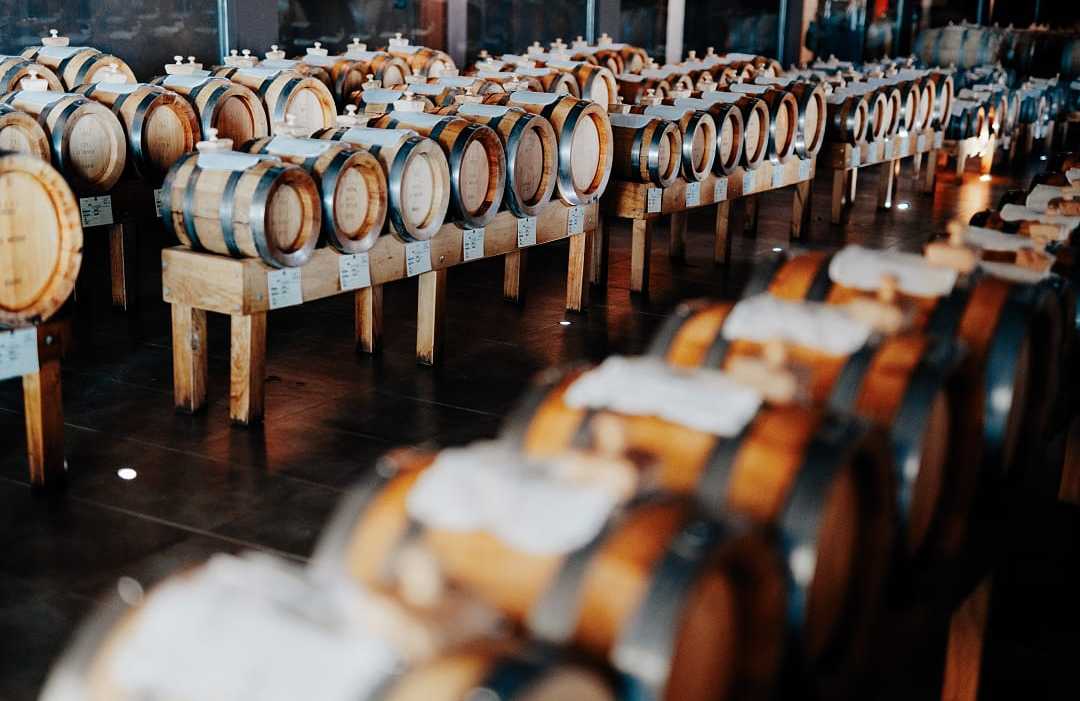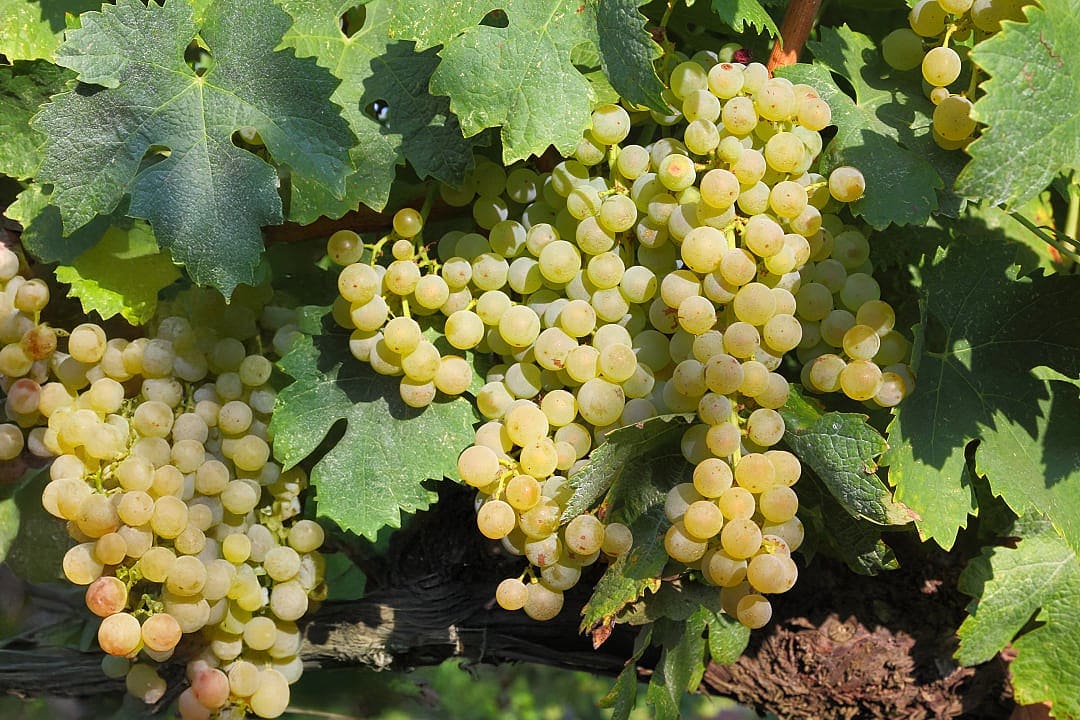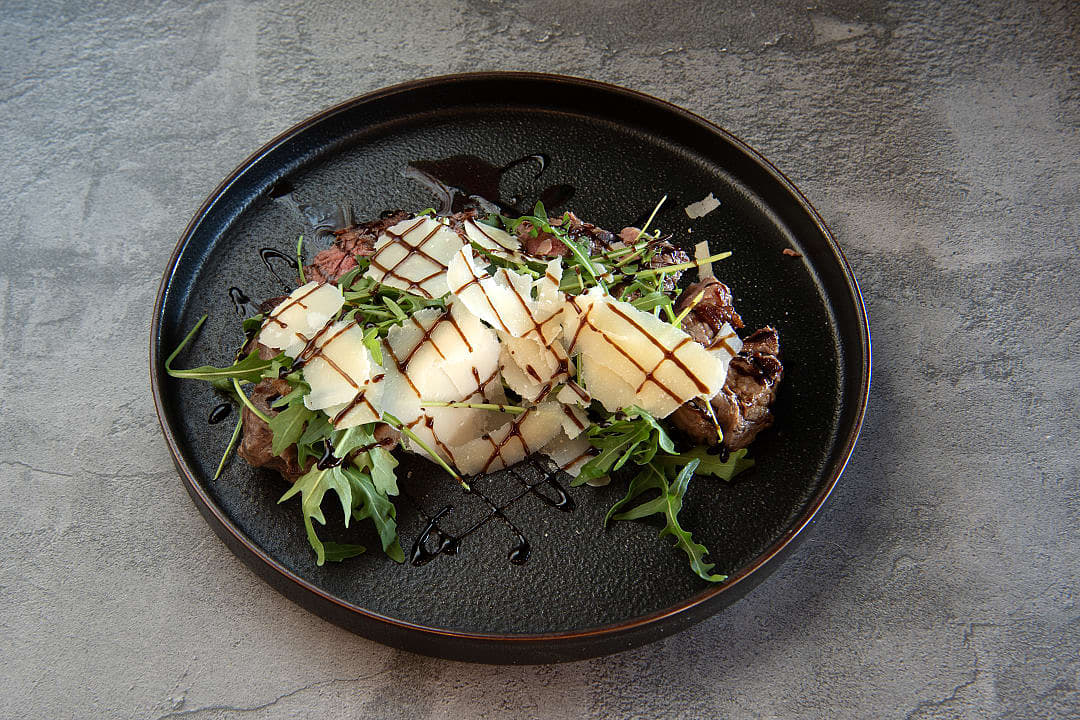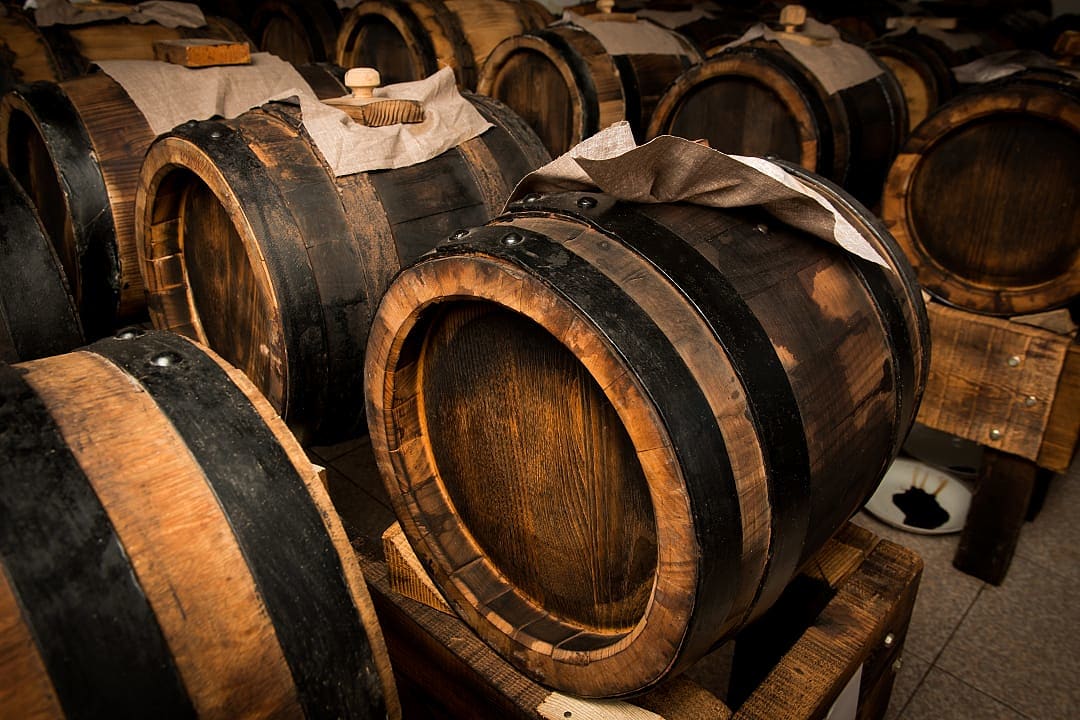The story of traditional balsamic vinegar begins in the Middle Ages, though its roots stretch back to the Roman Empire, when grape must reduction was commonly used as a sweetener and medicine to treat wounds, fevers, and other ailments. The term "balsamic" comes from its supposed healing properties as it was used as a balm.
Modena became renowned for its exceptional balsamic vinegar production in the 11th century. The ruling Este family played a crucial role in elevating the status of Modena balsamic vinegar. They maintained their own acetaie and treated the vinegar as a precious commodity to be gifted to other nobles and dignitaries.
The tradition of passing down balsamic vinegar barrels as part of a bride's dowry emerged during the Renaissance, with families maintaining their own vinegar houses as symbols of prestige and wealth. These traditions helped preserve the authentic production methods through generations, with each acetaia developing its own closely guarded techniques and barrel compositions.

















